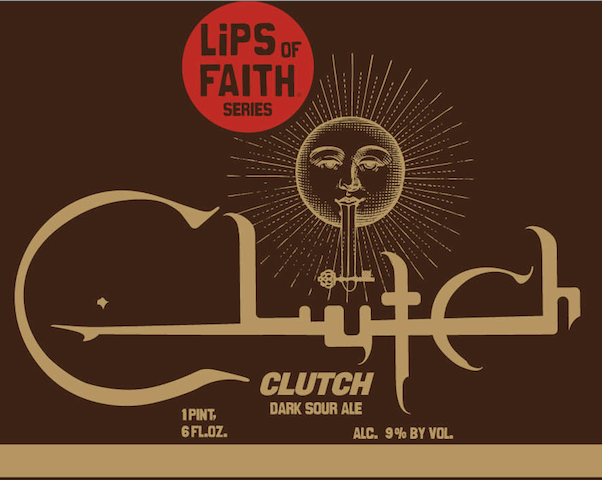Here are some home brewing pictures! I am far too lazy to write out many words, so I'll just let the pictures speak for me.

The ingredients. From left to right we have the recipe, priming sugar (for bottling), the grain bag, a can of malt extract, grains, yeast, more malt extract, four bags of hops, bottle caps, and The Brew Master's Bible.

Tools of the trade (not all of these were used during the first step).

Sanitizing tools of the trade, even the ones I didn't use. Because I could.

Buckets! These are very important.

Waiting for the water (Poland Springs) to come to a nice and steamy 165 degrees. It took a while.

Bag of grains. It smelled amazing. It also got little grain particles and dust everywhere.

Softening up the malt extract in hot water so it's easier to pour.

First beer of the brewing day: an Imperial Russian Stout.

It was tasty.

Meanwhile, back in the pot... Grains go in once the water reaches temperature, and stay in for 15 minutes.

Dunking the grains. It had an added bonus of wafting the smells throughout the kitchen.

The malts. You can see one is dry, and the other is gooey and really fun to play with.

Second beer! Three Philosophers.

It was also very tasty.

What the brew looks like after the malt extracts are added. You stir the mixture while you add them, but I unfortunately did not take pictures of that.

Oh my. Oh my. You can practically smell them, can't you? The two hop types were Centennial and Cascade. We added the Centennial and Cascade during the process shown here, and added in the last packet of Centennial a week later for dry hopping.

There's that stirring action! This is after the first round of hops (Centennial and Cascade) has been added. 45 minutes later we added the other packet of Centennial hops and boiled for another 15 minutes.

There are no words to describe this goodness.

Last beer of the day: a Dogfish Head 120 Minute IPA. Yeah, you're jealous, aren't you.

Pure deliciousness.

After all hops were added and the brew was "done," we took it outside to cool it down to a nice 68 degrees. We also added water to bring it up to a total of 5 gallons. You'd think that with 9 degree weather it would cool down in no time, but it took an hour and a half. Also, note that it is now completely dark outside, and the first picture I took was light. Yeah, it takes a while.
If you haven't guessed it by now, the beer we made is an IPA (did the amount of hops give it away?) and it's called Monument IPA.
So there you have it. After the beer had cooled down, the yeast was added. The beer was then sealed tight with an airlock and put into the spare bedroom, because it was the only place in the house that was the right temperature. We also tested the specific gravity, which came out to about 1.050. I don't know what that will translate into in terms of ABV, but I'm going to guess between 6 - 7%.
This past Sunday, I added the last round of hops (Centennial) to a glass carboy, and then siphoned the beer in (with a really awesome auto siphon, I must say). It will now sit for another 1 - 2 weeks before bottling. Then after bottling it sits for 2 more weeks. Then finally, finally, I get to taste it.
And then I'll probably do the whole thing over again.







